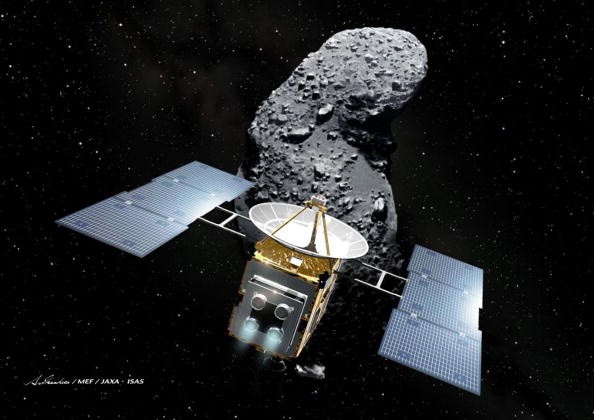The NASA Artemis 1 mission will send a cube satellite into space, following an asteroid using a solar sail.

As of press time, space fans are still waiting for the official launch of the international aerospace union's upcoming activity.
Since NASA seems to be on track, it claims that the Artemis 1 mission will likely blast off as early as Aug. 29.
The upcoming NASA Artemis 1 launch's main goal is to test the SLS (Space Launch System) rocket and the Orion capsule.
But, 10 satellites focusing on other space explorations will also ride along.
NASA Artemis 1 To Launch Asteroid-Bound Satellite
According to Space.Com's latest report, among the 10 cubesats is the cubesat under the Near-Earth Asteroid (NEA) Scout mission; a collaborated mission of NASA's JPL (Jet Propulsion Laboratory) and NASA's MSFC (Marshall Space Flight Center).

Once the NEA satellite is floating in outer space, it will open its solar sail to catch up with the asteroid called 2020 GE. The cubesat is expected to reach its needed distance from the space rock as early as 2023.
"This is a huge challenge. For asteroid characterization missions, there's simply not enough room on a cubesat for large propulsion systems and the fuel they require," said NASA MSFC Principal Technology Investigator Les Johnson.
The heavenly object that the NEA Scout will follow is around 60 feet across. It also circles the sun once every 368 days.
Because of this, the satellite needs to swing past the Earth's moon to have a gravitational assist.
Its 925-square-foot solar sail is expected to gather the needed force from the moon's gravity, allowing it to catch up to 2020 GE.
What Does NEA Scout Do to the Asteroid?
NASA's official JPL website explained that the Near-Earth Asteroid Scout mission would use its cubesat's science camera to study the asteroid 2020 GE further.
The satellite will take a closer look at the space rock, measuring its shape, rotation, surface, and size. On the other hand, the cubesat will also check for any debris or dust that may exist on the surface of the heavenly body.
Previously, the NASA Artemis 1 mission is expected to send a lamb to the moon.
Meanwhile, NASA's Hubble Space Telescope captured the Orion Nebula's Dreamy Cloudscape.
For more news updates about the NASA Artemis 1 mission and other similar space endeavors, always keep your tabs open here at TechTimes.
Related Article : [WATCH] NASA SLS Will Go to Launchpad Earlier! Schedule, Trip Duration, and Other Details
This article is owned by TechTimes
Written by: Griffin Davis
ⓒ 2025 TECHTIMES.com All rights reserved. Do not reproduce without permission.




